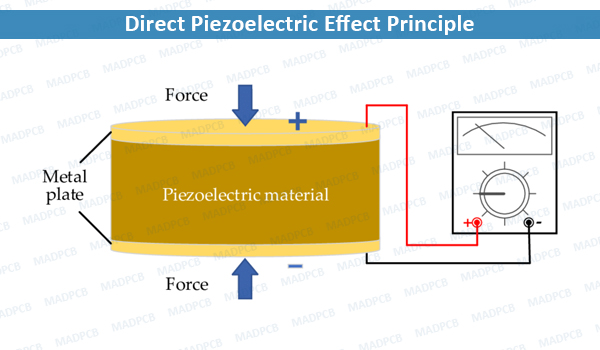The High Priest pressed on the gems (quartz) on the breastplate to transmit a message. In the same way we press on the keys of a phone or computer to transmit letters.
Pressing a gem creates a piezoelectric charge.
Piezoelectric material, such as quartz, produces a small electric charge when you press on it.
https://link.springer.com/referenceworkentry/10.1007/978-3-540-72816-0_2897
(1) red jasper (sardius), (2) citrine quartz (topaz), (3) emerald, (4) ruby (carbuncle), (5) lapis lazuli (sapphire), (6) rock crystal (diamond), (7) golden sapphire (ligure), (8) blue sapphire (agate), (9) amethyst, (10) yellow jasper (chrysolite), (11) golden beryl (onyx), (12) chrysoprase (jasper).
What the actual stones were is disputed. I suggest that they were all piezoelectric.
The breastplate had 12 gems.
They could have been:
7 buttons for consonants (one button has 4 letters associated with it, the others have 3)
3 buttons for vowels
1 button for end of letter (1 press), end of word (2 presses), end of message (3 presses)
1 button for correction
With the ark of the covenant and the breastplate with 12 buttons, it is possible to transmit the Hebrew alphabet.
3 buttons for vowels
1 button for end of letter (1 press), end of word (2 presses), end of message (3 presses)
1 button for correction
With the ark of the covenant and the breastplate with 12 buttons, it is possible to transmit the Hebrew alphabet.
There are 22 consonants and 9 vowels.


No comments:
Post a Comment